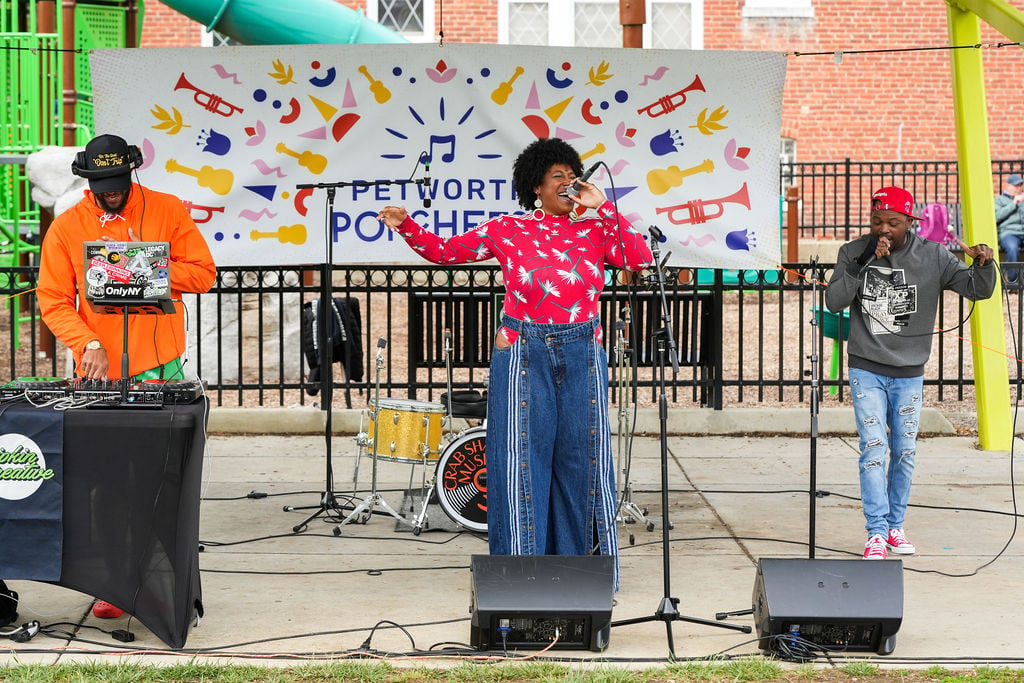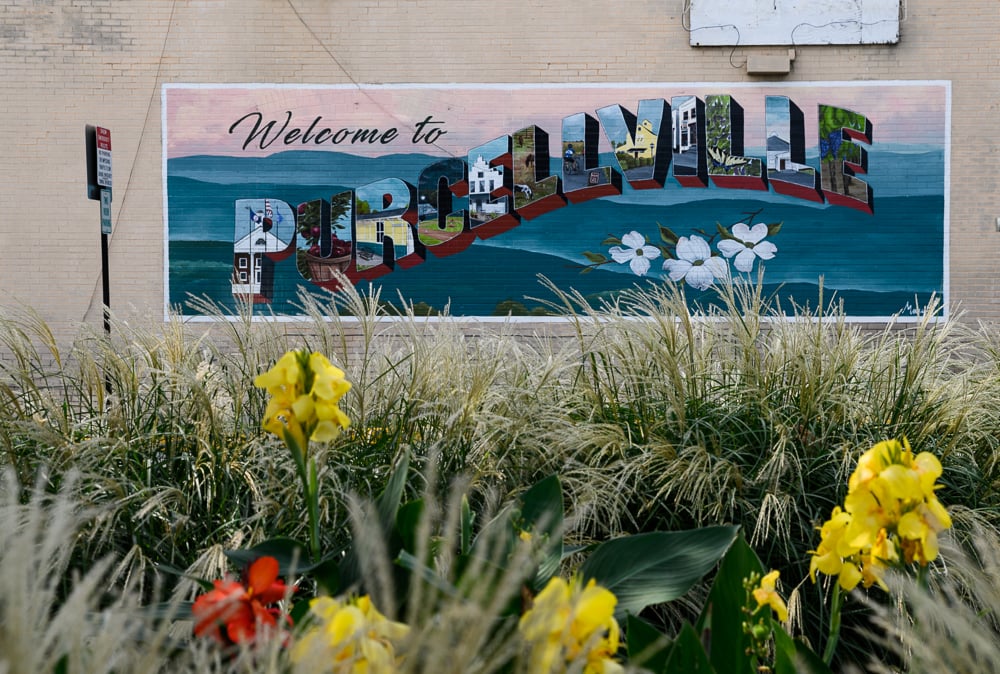Of all the sides of Washington that this summer’s flood of tourists and interns will explore—the museums, the monuments, the happy hour specials—there’s one that will continue to slide under the radar. The introduction to Susan Koch’s new movie, The Other City, sets it out plainly. The HIV/AIDS rate in Washington DC, a banner explains, is higher than that of Port au Prince, Haiti, and Dakar, Senegal. The capital city of the world’s wealthiest and most advanced country has what is now classified as a “severe epidemic” of the disease.
“This is a crisis in our community,” Koch said after a screening at SilverDocs on Wednesday. The director of Kicking It, a film about the Homeless World Cup, and Mario’s Story, about a young Latino convicted of murder, she set her sights on Washington back in 2007, when a long-awaited study released by the District confirmed what health and social workers had suspected—over 3% of DC residents are HIV positive, with 1 in 50 estimated to have AIDS. Koch had long been interested in the idea of two Washingtons: the glossy, cherry blossomy, center of power, and the poverty-stricken, crime-ridden, “real DC” that’s overlooked as often as possible. “The AIDS epidemic really intersects this disparity between our city,” she says.
In conjunction with Jose Antonio Vargas, the former Washington Post reporter responsible for some of the paper’s groundbreaking coverage of AIDS in Washington, Koch set about telling the stories of the people who suffer from the disease, and the lack of help available to them. Subtly, the story arcs illustrate the different ways people are most likely to get infected. Koch profiles J’Mia, a single mother who contracted the disease from a partner and is in danger of losing her subsidized housing; Ron, a former heroin addict who operates an unorthodox needle exchange and outreach program from the back of his car; and Jose, a gay Latino who found out he was HIV positive at 17, and now spends his days talking to children in schools, giving out condoms, and trawling online forums to warn people about the dangers of unprotected sex. She also features Joseph’s House, an Adams Morgan hospice where people in the later stages of AIDS can receive the end-of-life care and humanity that’s almost impossible to find elsewhere, and Courage to Change, a group for formerly incarcerated men with HIV to share their experiences.
While featuring some of the film’s saddest and most disturbing moments—addicts shooting up in a park, a Joseph’s House resident in his final days—Koch never fails to remind viewers that all this takes place in Washington, right under their noses. Scenes are intersected with footage of the Jefferson Memorial, the White House, the tidal basin; and J’Mia and Ron both go to the Capitol to advocate for better housing and needle exchange programs in the city. In a meeting with Eleanor Holmes Norton, Ron talks about the problems he faces since the District’s budget is approved by Congress, which outlaws needle exchange programs. His outreach program, which also offers HIV testing and gets an estimated 20 addicts a month into treatment, is threatened by legislation that outlaws needle exchanges within 1,000 ft of schools, libraries or daycares, since finding a place that meets these criteria in an urban setting is almost impossible. “You have to meet people where they’re at,” he says.
The Other City draws upon, but doesn’t really investigate, the city’s fundamental mismanagement of the disease. A brief interview with David Catania has the DC council member describing previous AIDS administrative workers as “pigs at a trough.” Joseph’s House workers, faced with the loss of $150,000 grant that pays staff salaries, go to meet with Dr Shannon Hader, director of the DC HIV/AIDS administration, to plead their cause, and are reduced to buying lottery tickets to try to secure funding. But there’s no mention of the estimated $400 million in funds that went astray, to care homes that didn’t exist and the pockets of felons with no business records, as revealed by the Post’s Debbie Cenziper last year. Koch’s approach seems to be aimed more at humanizing the disease than placing the blame, although her movie is a cautionary tale as to what can happen when a disease is ignored. New cases of HIV and AIDS rose 22 percent between 2006 and 2007, the film states, and although Washington has the highest infection rate in the country, the disease is on the rise in other cities as well.
In a final scene, Vargas describes the crisis as “humanity’s greatest failure.” In a world of abstinence-only sex education and a lack of state rehabilitation programs, AIDS is flourishing because, as he puts it, “We’re unable to face who we are and what we do.” In Washington particularly, the “other” city is far too easy to ignore.
>> Interested in the film's beginnings? Click here for Harry Jaffe's March 2009 profile of Jose Antonio Vargas.

















